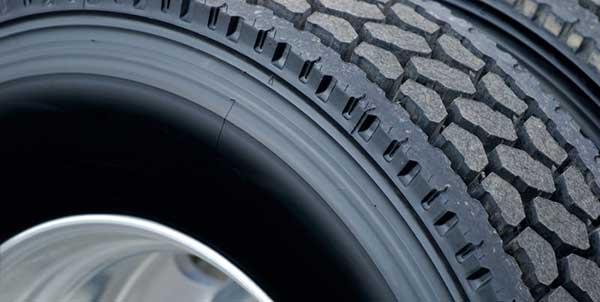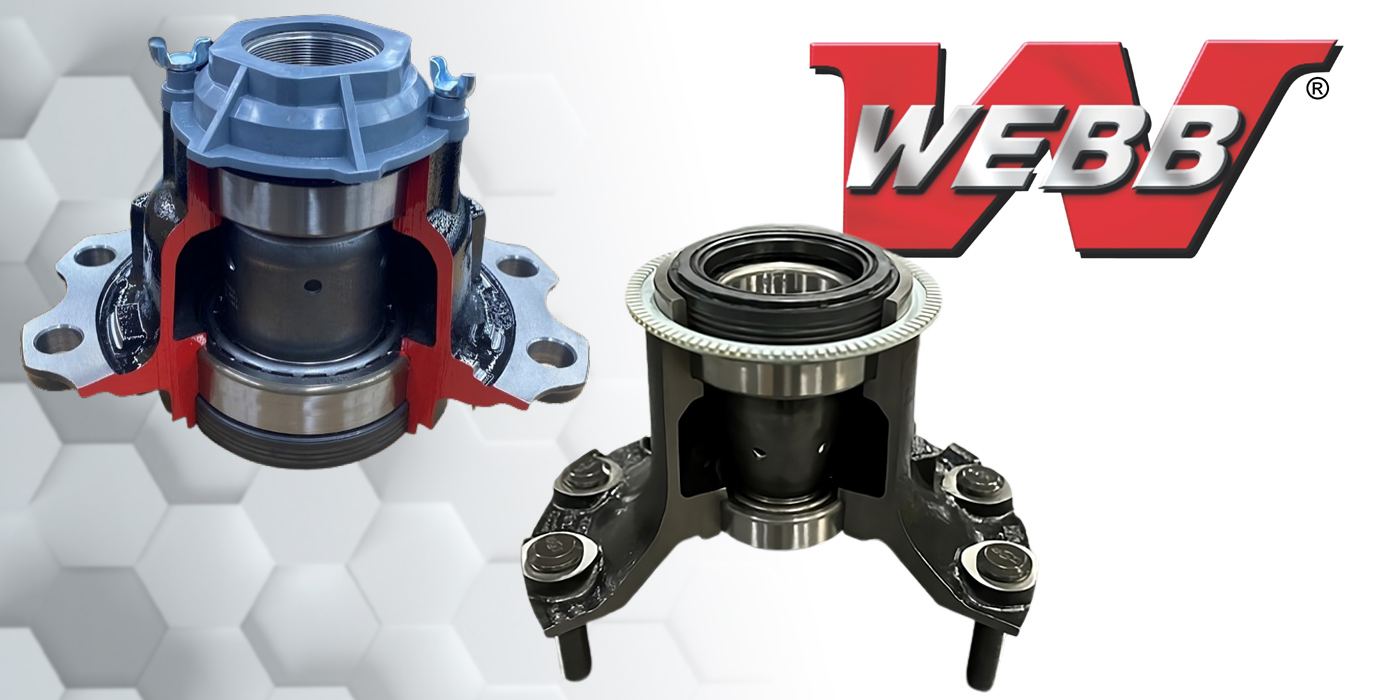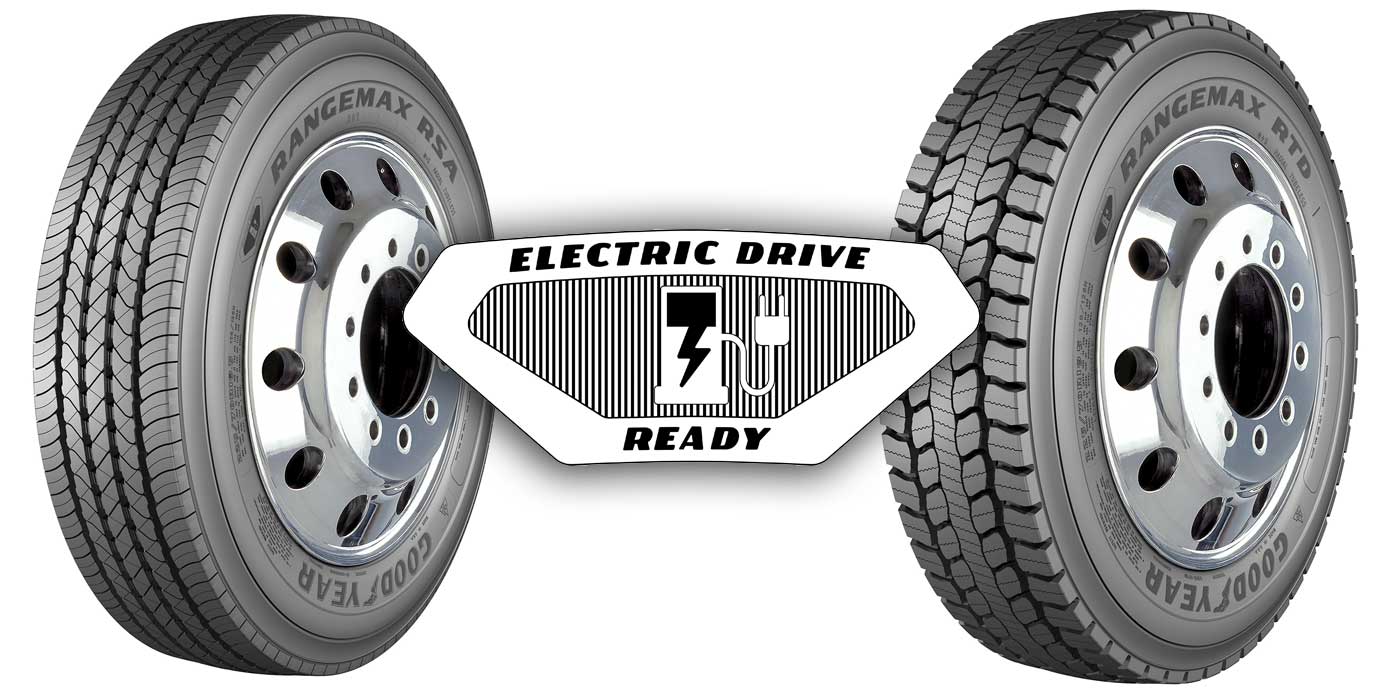Commercial truck tires have seen significant price increases in 2017, a major reason being the increase in natural rubber pricing. The percentage of natural rubber used in truck tires is high. Natural rubber is preferred over synthetic rubber because it keeps the truck tires running cooler. Heat is a tire’s worst enemy and will adversely affect removal miles, fuel economy and retread-ability. Passenger tires, on the other hand, are mainly constructed of synthetic rubber since heat is not as critical; the overall mass of a passenger tire is much lower compared to the weight of a commercial truck tire, which must support loads of up to 8,500 lbs. depending on the size and load range. A fleet may have an investment of over $10,000 in just tires for a typical 18-wheeler. As a result, today’s fleet manager must take tires and tire programs seriously. Good fleet managers need to take the time and effort to design a tire education program for their drivers, since they continue to play a major role in the tires’ ultimate removal mileage.
Several years ago, there was a study of a small fleet in the Northeast that illustrated the impact that a driver has on tire mileage. Ten trucks were assigned to a dedicated heavy load, hauling a 53-ft. box trailer filled with beer. New tires were mounted within a 30-day period on the tractor and retreads mounted on the trailers. These 10 vehicles were all running with the same tractor and trailer make/model. The only variable was the driver.
The bottom line was that the driver impact on tire removal mileage reached as high as 35%. The driver with 40 years of experience had the highest tire removal miles in all wheel positions. The least experienced driver, who was only 25 years old, generated the fewest tire miles. The remaining drivers fell within the middle range. There was a direct correlation between years of driving experience and tire removal miles. The younger drivers tended to have more aggressive driving habits through a combination of sharper, harder turns and more aggressive braking. They also had a higher overall average vehicle speed.
The results are clear: Drivers who are educated about the cost of tires and how their driving skills can impact tire wear can go a long way in reducing a fleet’s overall tire expenses.
Drivers are the first line of defense when it comes to tires operating on their vehicle. Just kicking the tires during the daily vehicle walk-around is not enough. Maintaining proper tire inflation pressure is extremely important when trying to maximize tire removal miles, fuel economy and retread-ability. When tires have the correct tire footprint irregular wear will be minimized and the tire will achieve maximum mileage. (Note: The recommended tire pressure is always based on the heaviest load, not the average load).
Many fleets have different recommended tire pressure settings depending on specific wheel position (steer, drive or trailer). It should be made very clear to the driver exactly what is the recommended pressures for their vehicles. Using decals attached to the tractor and trailer with the proper PSI settings is always a good idea. Drivers should be checking tire pressures using a calibrated pressure gauge and not a stick or baseball bat.
Drivers also need to understand how tire pressures vary depending on temperature. A rule of thumb is that a tire with 100 PSI at room temperature will increase pressure by around 15% after driving at highway speeds in only 20 minutes. The 100 PSI tire will measure to be 115 PSI when coming off of the highway.
Every 10°F is equal to 2 PSI. A tire that was at 70°F when initially inflated to 100 PSI will actually reach 106 PSI when the temperature reaches 100°F. In the winter, when the temperature is 0°F, that same tire will measure only 86 PSI. Tires are designed to take this ambient temperature range into consideration. Drivers can also look for signs of irregular or uneven wear on their tires. This is usually an indication of possible vehicle alignment, worn suspension parts and/or inflation issues.
As tire costs continue to climb, more fleets are initiating driver incentive programs when it comes to their new tires and retreads. Cash bonuses are paid out to drivers who achieve the highest removal miles and who have the fewest tire related roadside service calls. Keeping drivers informed and involved with the fleet’s tire program can really go a long way in reducing cost per mile.













